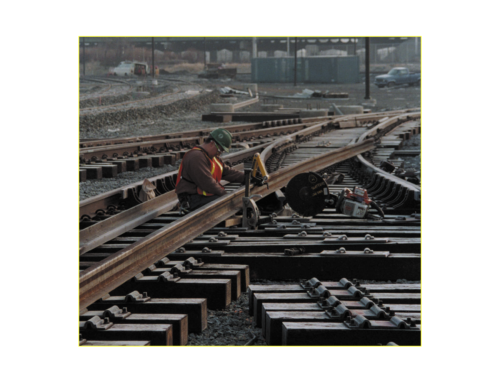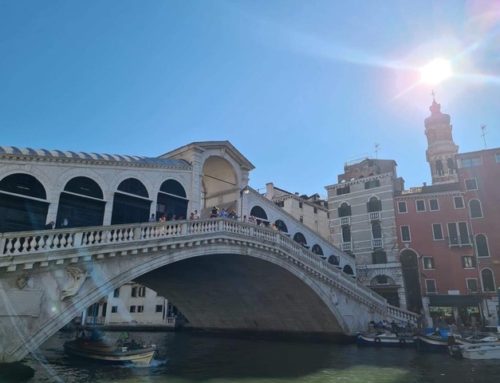THE STORMWATER PROBLEM
As demonstrated by the severe flooding in the Northeast U.S. this past month, the problems associated with increased storm intensity, undersized systems, and deteriorating infrastructure are rapidly intersecting in a perfect storm. I was stunned to see this picture of West Point on a road I jogged along many times during my college years there. Recent reports about the future of rain intensity, stormwater foreca sting and design point out the problem – we historically have been designing our infrastructure looking in the “rear view mirror” at the past 100 year storms. Unfortunately, because of the accelerating increases in storm intensity, this has resulted today in many stormwater systems that are now completely undersized.
sting and design point out the problem – we historically have been designing our infrastructure looking in the “rear view mirror” at the past 100 year storms. Unfortunately, because of the accelerating increases in storm intensity, this has resulted today in many stormwater systems that are now completely undersized.
METHODS TO SPEED THINGS UP
When we look ahead at the flood control infrastructure that will be required, an order of magnitude in greater capacity is necessary. We can’t slow down the approaching changing weather system since we are already in it. However we can speed up the implementation of delivering the needed gray (concrete and structural) and green (nature based) infrastructure solutions. Some improved methods to do this are by setting up a “Public-Private Partnership”, Stormwater Utility, and/or Resiliency Authority for resiliency project delivery, integrating design-construction-operations-maintenance, as well as financing. Another equally important step is to streamline the environmental permitting process.
I along with three of my colleagues, Lara Fowler, Joe Siegel and Liliana Pimentel recently made a presentation at the Association of Conflict Resolution, Greater NY’s annual conference. All of us are mediation practitioners, as well as experts in flooding and water issues. Our focus was on how to help speed up “getting to yes” on implementation of solutions. We centered around tools every state, regional and local governing body should include in their toolbox to speed up decision making – greater use of structured mediation and facilitation processes.
RESILIENCY SOLUTIONS FOR STORM SURGE AND FLOODING
Below is a link to my 10 minute overview of our session, with case studies that highlight the complexities of these type of decisions and the enormous number of stakeholders involved. Flood mitigation efforts for storm surge and flooding in Hoboken, NJ and Lower Manhattan are examples of the size of the problem in coastal areas. These challenges cross all silos and many boundaries and must be dealt with in a comprehensive manner.
A great example of a structured dispute resolution process is the bi-state effort to resolve a water permitting problem on the Fargo-Morehead Area Diversion (FMAD) Project. On FMAD two enlightened Governors, North Dakota Governor Doug Burgum (R) and Minnesota Governor Mark Dayton (D), were instrumental in setting up a structured facilitated process to solve the problem. They created a joint Task Force supported by a Technical Advisory Committee in October 2017 to “develop design principles and concept-level engineering solutions to achieve balanced flood risk management for the Fargo-Moorhead region, including up-and downstream communities and properties.”
In a period of 2 years following the permit denial, this collaborative and broadly supported effort resulted in all parties agreeing on a design solution and path forward that put the project back on track. This process provides a very good template for a collaborative structured process for speeding up decision making and delivery of resiliency projects.
“Use of Mediation and Facilitation for The Speed of Need in Implementing Climate Change Resilience and Adaptation”, ACR Greater NY Region, Annual Conference 2023 June 1, 2023, by Chris Kane, P.E., J.D. , Lara Fowler, Esq., Joe Siegel, Esq., Liliana Pimentel, PhD candidate





